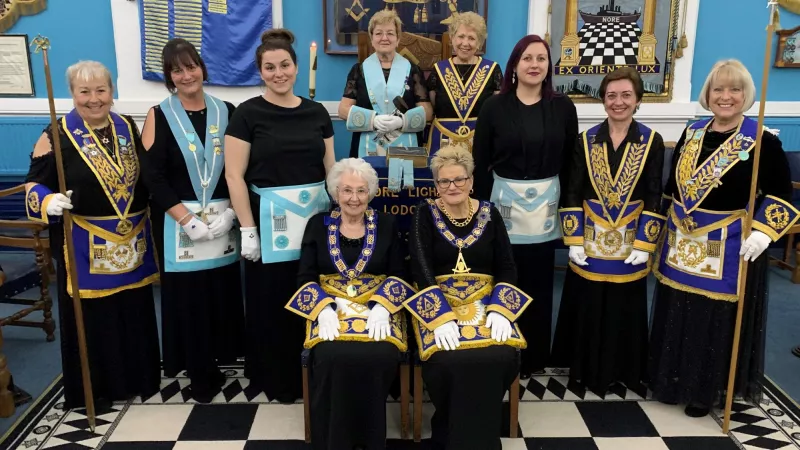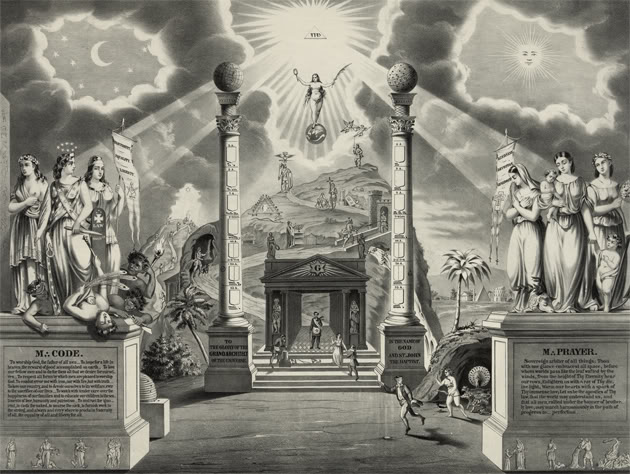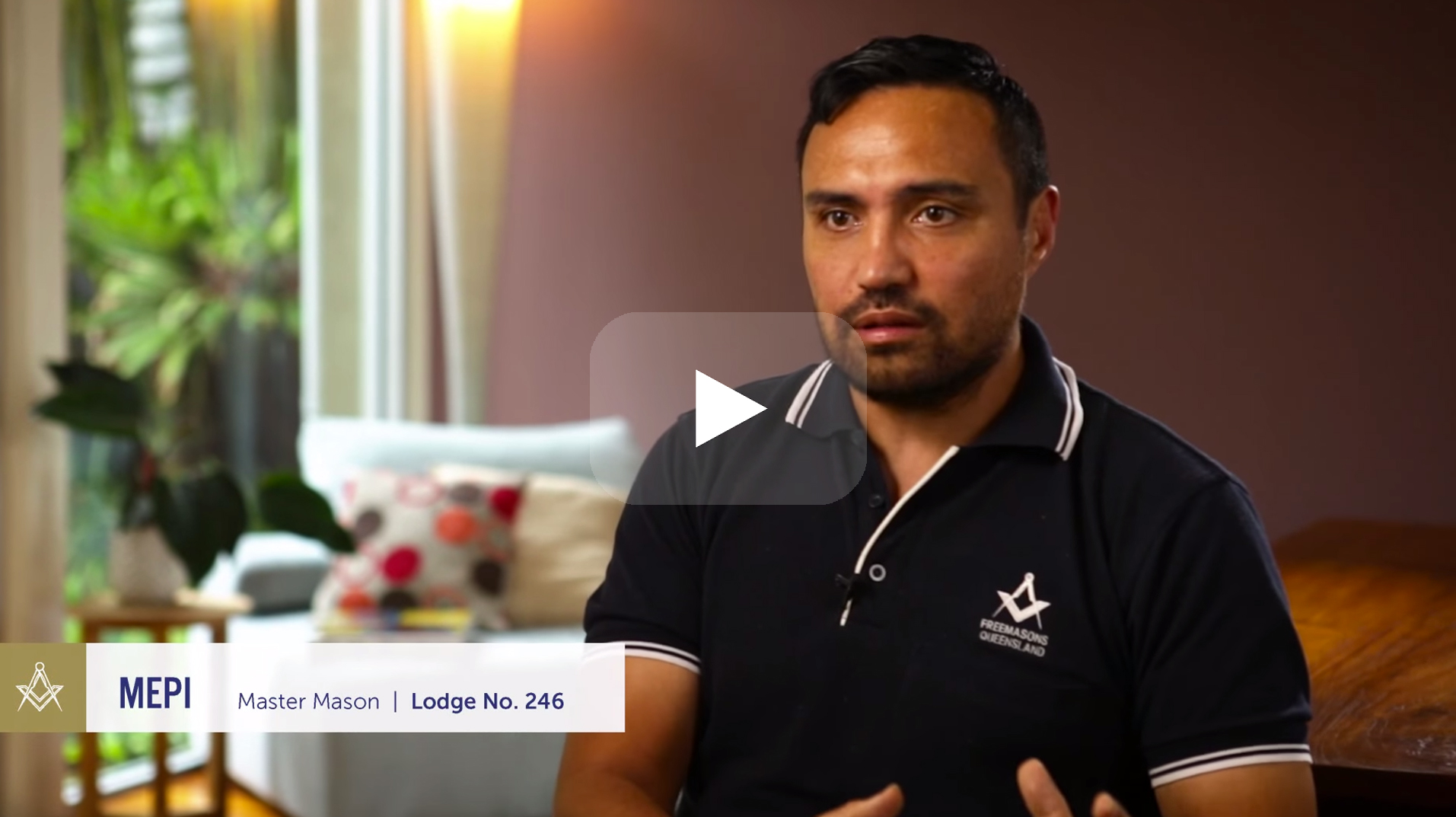Exploring the Practical Benefit of Joining Freemason for Every Individual
Exploring the Practical Benefit of Joining Freemason for Every Individual
Blog Article
Checking Out the Mysteries of the copyright: What You Required to Know
The copyright, a term often shrouded in intrigue and dispute, represents an intricate tapestry of historical reality and modern misconception. Established in the late 18th century, this secret culture was initially rooted in the Enlightenment's perfects yet has since become identified with conspiracy theory theories regarding elite control. As we browse the origins, key figures, and the plain comparison between myth and truth, one should take into consideration how these stories influence contemporary assumptions of power and privacy. What may be exposed with a better evaluation of these elements might test long-held assumptions regarding the darkness that stick around in our society.
Beginnings of the copyright
The beginnings of the copyright are soaked in a mix of historic intrigue and ideological eagerness. Developed in 1776 in Ingolstadt, Bavaria, by Adam Weishaupt, the team was originally created as a secret culture focused on advertising Knowledge perfects such as factor, secularism, and the splitting up of church and state. join freemason. Weishaupt, a teacher of canon regulation, looked for to test the dominating authority of the church and state, which he considered as overbearing establishments suppressing intellectual and individual liberty
The copyright looked for to hire significant participants from different societal industries, including politics, academia, and the arts, to cultivate a network committed to these Knowledge concepts. The society operated under a veil of privacy, using coded language and routines to safeguard its members from persecution, especially offered the repressive environment of the time. However, the copyright encountered substantial resistance from both governmental authorities and religious establishments, which viewed the team as a threat to their power.
Trick Figures and Members
Who were the critical figures that formed the copyright's early influence and instructions? The Bavarian copyright, established in 1776 by Adam Weishaupt, emerged as a response to the overbearing societal structures of the moment. Weishaupt, a legislation professor, pictured the company as a way to advertise Enlightenment ideals such as factor, secularism, and equality. His preliminary recruitment initiatives included significant intellectuals, such as Baron von Knigge, that played a vital role in increasing the group's subscription and organizational framework.
Another considerable figure was Johann Gottlieb Fichte, a prominent theorist whose concepts on nationalism and education reverberated with the copyright's objectives. Fichte was not an official member, his philosophical bases affected the group's belief. In addition, figures like the writer and theorist Johann Wolfgang von Goethe were related to the broader intellectual motions of the moment, although their straight involvement with the copyright stays disputed.
These vital figures contributed to the copyright's early instructions, pressing the borders of political and social thought, while their collective efforts intended to test well-known standards and foster a climate of modern modification in Europe. (join freemason)
Misconceptions vs. Fact
Many false impressions border the copyright, typically mixing fact with fiction in such a way that obscures its true nature. This secret culture, originally established in 1776 in Bavaria, intended to advertise Knowledge perfects and combat religious and political injustice. The concept that the copyright proceeds to put in considerable impact over world events is a myth. While the group did exist, it was disbanded in the late 18th century and has not operated as a natural entity since after that.
An additional widespread misconception is that the copyright makes up a network of elite individuals manipulating international events. In truth, numerous conspiracy theory concepts exaggerate the group's significance, connecting unproven intentions to societal fads and occasions. This has led to an oversimplified view of complicated issues.
Additionally, the representation of the copyright in prominent culture usually more distorts its heritage. Movies and literature often tend to sensationalize the organization's role, producing a narrative that deviates from historical facts. Comprehending the difference in between the myths and the fact of the copyright is important for discerning the authentic impact of this historic group and acknowledging the broader effects of conspiracy concepts in contemporary culture.

Modern Interpretations
Contemporary analyses of the copyright typically reflect more comprehensive societal anxieties and an attraction with secrecy and power. This modern-day lens frequently links the copyright with conspiracy theories that recommend a surprise elite manages globe occasions, controling governments and economic climates for their very own gain. Such narratives take advantage of a deep-seated suspect of authority, especially in times of crisis or social upheaval.
In pop culture, the copyright is usually portrayed as a supreme organization shrouded in enigma, leading to a huge selection of imaginary representations in literature, film, and songs. This representation offers not only to captivate but likewise to prompt considered the nature of power and control in modern society. Social media has additionally intensified these interpretations, permitting for fast dissemination of conspiracy theory concepts and producing areas that share and expand upon these ideas.
In addition, some modern-day analyses frame the copyright as an allegory for the intricacies of globalization her latest blog and the interconnectedness of prominent people and organizations. This point of view urges a vital evaluation of exactly how power dynamics operate in news today's world, highlighting the equilibrium in between transparency and secrecy in administration and corporate methods.
Cultural Impact and Legacy
Influenced by centuries of intrigue, the cultural influence and heritage of the copyright prolong much beyond its historic origins. This secret culture, established in the late 18th century, has actually penetrated various facets of popular culture, from literature and film to music and art. join freemason. The idea of the copyright has actually evolved into a sign of conspiracy theory concepts, often representing a viewed surprise power adjusting international occasions
In literary works, authors like Dan Brown have actually woven the copyright right into complex stories, exciting viewers with styles of privacy and power. Films such as "National Prize" and "The Da Vinci Code" additionally bolster the allure of the culture, blending reality with fiction to produce engaging narratives.

Eventually, the copyright's legacy is a complex tapestry of misconception and truth, forming understandings of privacy and control in modern discussion. Its enduring visibility in society underscores mankind's try here perennial quest for understanding hidden truths.

Final Thought
The expedition of the copyright reveals a complex interaction between historical facts and modern myth-making. Established in the Knowledge age, this society intended to test oppressive frameworks, yet its legacy has been outweighed by conspiracy concepts that recommend elite manipulation. Recognizing the distinctions between the initial perfects and contemporary analyses is crucial for understanding the enduring fascination with the copyright and its substantial influence on cultural narratives surrounding power and privacy in culture.
Report this page